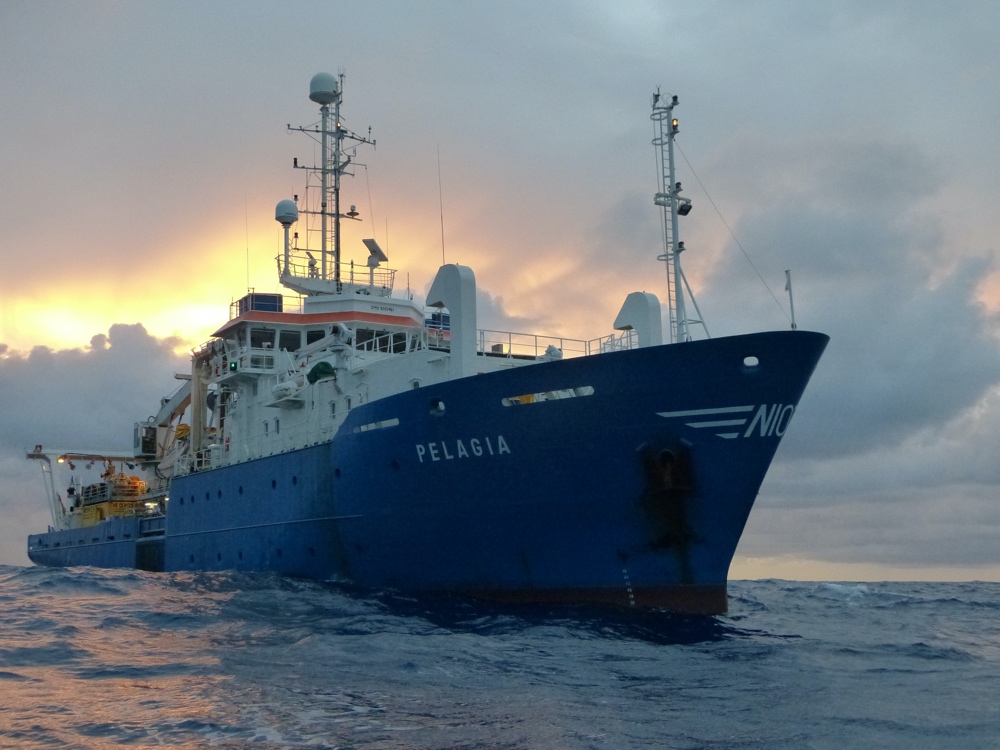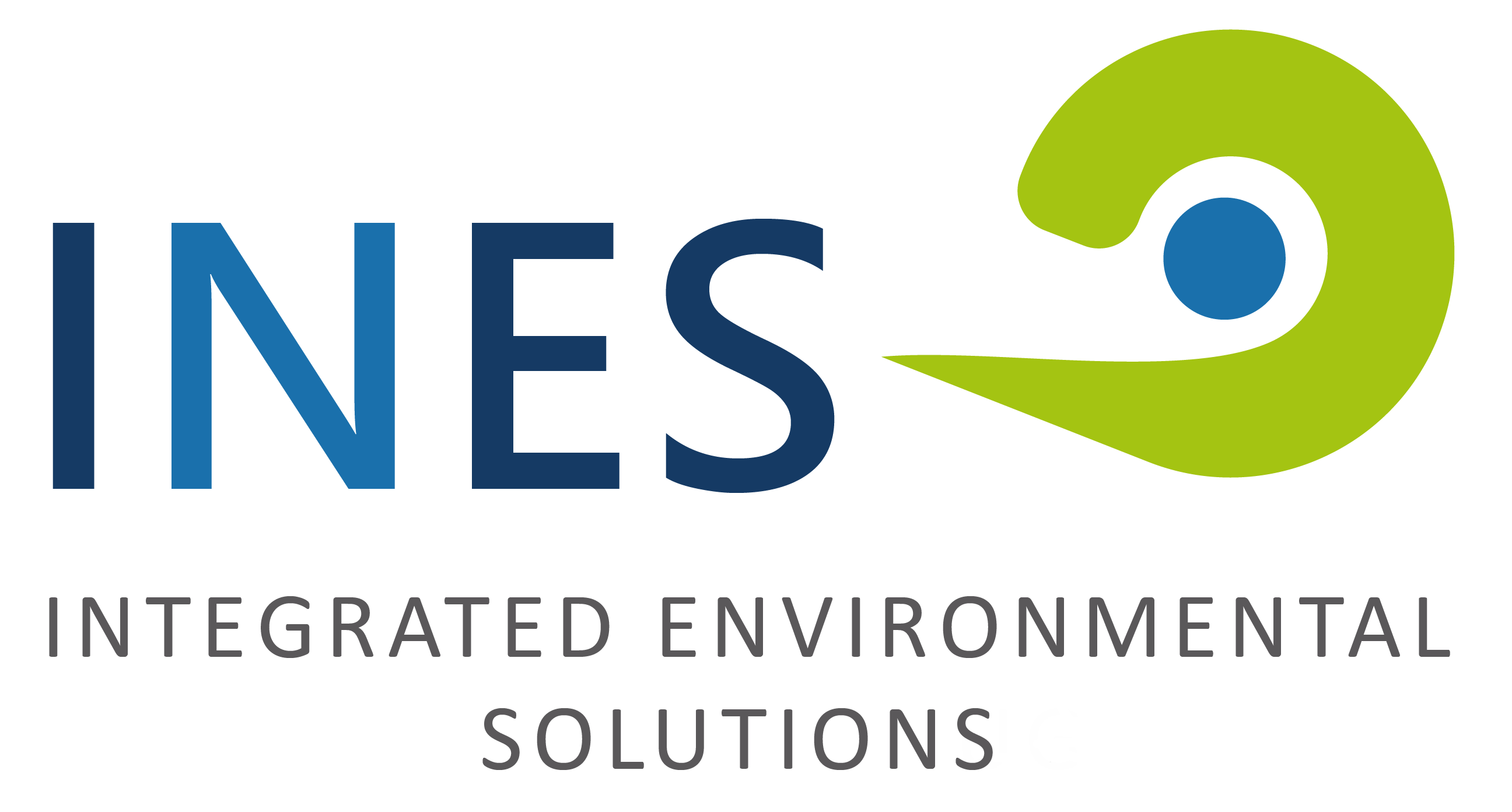Integrating environmental approaches to facilitate science and marine management
INES is an indenpendent Research Institute capable of planning and conducting scientific Expeditions and studies, founded 2019 in Wilhelmshaven. We use our expertise in national and international Cooperations to support Research Institutions and facilitate scientific studies in the field of biodiversity and ecology of marine ecosystems. At INES our technique is TGS, an interdisciplinary approach where we combine taxonomy, molecular methods and statistical learning to analyze and monitor community structures, identify key species and perform population connectivity studies.



We use traditional techniques, such as taxonomy and morphology in combination with molecular methods, habitat modelling as well as developing minimal invasive monitoring methods. In this way we contribute to the estimation of the extraordinary biodiversity and find spatial distribution patterns to contribute to a sustainable use of the world’s oceans.
Our team is specialized in planning and implementing scientific expeditions, assist biological sampling with specific tools and analyze and publish our results in scientific journals. To achieve our goals, we work in close cooperation with the German center for biodiversity research (DZMB) at the locations Wilhelmshaven and Hamburg.
TGS
our approach and mission
TGS is the abbreviation of Taxonomy, Genetic analysis and Statistical learning, which we use to study the ecology of deep-sea ecosystems in order to write reports to give recommendations for necessary guidelines for the protection of the marine environment. This interdisciplinary approach combines traditional taxonomical methods for biodiversity assessments with molecular analyses and uses this data for statistical predictions of the distribution of communities and habitat mapping.
TAXONOMY
Identifying organisms based on morphological characters in the deep-sea is a fundamental step to understand the diversity and crucial for all ecological analyes. We have taxonomic expertise and work in close collaboration with various taxonomic experts to identify and describe deep-sea organisms.
GENETIC ANALYSIS
Molecular methods are used for DNA-barcoding for species identification but also for connectivity studies to address the dispersion capabilities and exchange between different populations of species.
STATISTICAL LEARNING
Statistical models can be applied based on this data by using all biotic and abiotic factors and find dependencies of the fauna that are responsible for the maintenance of the species and communities and to be able to detect shifts in the community structure related with environmental changes. Statistical modelling can be applied to analyze the community structure and their dispersal to effectively assign marine protected areas and plan target oriented monitoring campaigns.
Latest Publications
